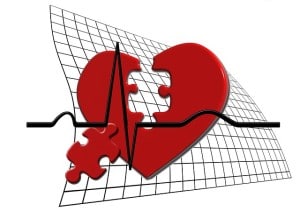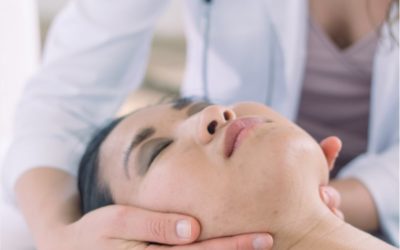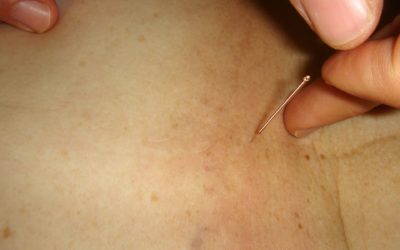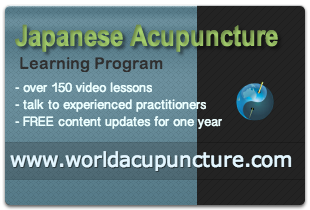At the start of Japanese Acupuncture treatment I test the pulses of the patient to ascertain what areas of the body need support – a form of pulse diagnosis. The pulses act as my energy meter.
Pulses are very interesting – there is no other way of learning it other than just the application of it. Pulse diagnosis is just an extraordinary thing. It takes many years to develop the sensitivity in one’s fingers to the six individual pulses in either wrist, representing the different energetic organ systems in the body of which there are 12.
There are 12 major energetic organ systems and there is a meridian organ system for each, e.g. for the kidney, liver, spleen, gall-bladder, lung, etc.
Thus there is an interconnected network between the outside of the body (between this energetic network that I outlined previously) and the functioning of the internal organs. It makes the practice of acupuncture extraordinarily fascinating.

However, the insights into the energetic balance of the patient, that pulse diagnosis provides me as an acupuncture practitioner, can really help me determine the healing process that needs to occur, whether there is sports injury involved, exhaustion or illness.
In a number of cases, I have had to provide acupuncture treatments for athletes suffering from chronic fatigue syndrome and, again, it’s re-balancing the energies and powering the system up so that the athletes once again can make the most of the nutrition that they take on board.
It has been an extraordinary learning process for me also but the diversity of the application of this ancient medicine really stems from our ability to read the human being from a number of different perspectives.
One of these perspectives is particularly unique to Asian medicine, and that is the reading of the pulse. A related facet of Japanese Acupuncture is the understanding of the meridian energetic network of the body and the interaction between the meridian network and the internal organs.
One of the distinct features of Japanese Acupuncture, then, is the ability to treat the whole body and not just the localised sports injury or specific symptoms of illness. Pulse diagnosis in acupuncture, then, is a key element in this holistic approach.




